Have you ever looked at a glass of milk and wondered why it’s white? It doesn’t seem to have any colour added, and it comes straight from cows just like that! So, what makes milk white and not blue, green, or transparent like water?
Let’s explore the science behind the colour of milk in a fun and simple way!
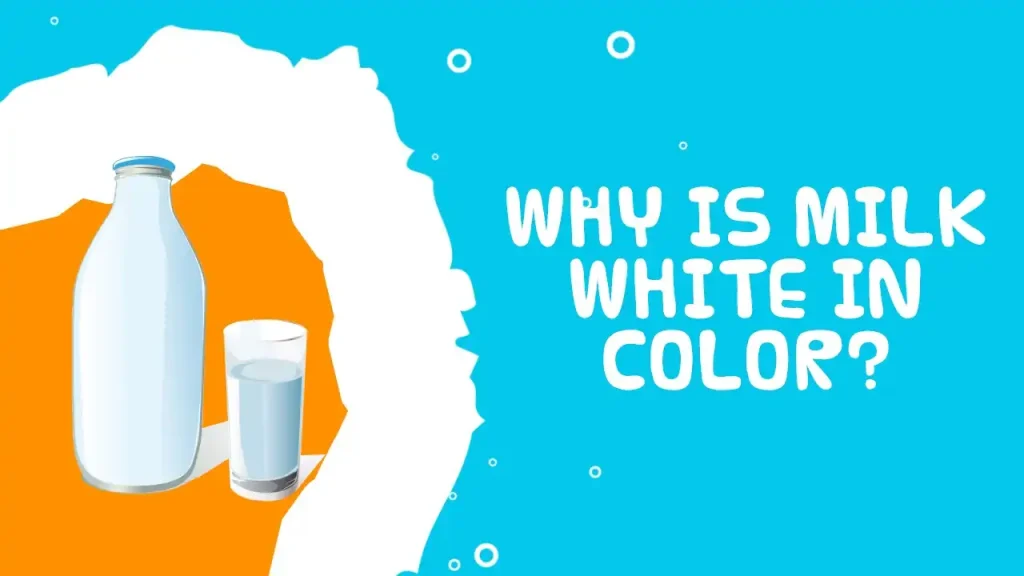
What makes something look coloured?
Before we jump into milk, let’s quickly talk about why things have colour in the first place.
When light from the sun or a lightbulb shines on an object, that object absorbs some colours of light and reflects others. The colours that get reflected are the ones we see.
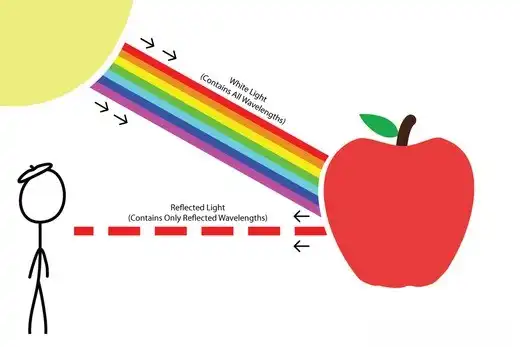
For example:
- A red apple looks red because it reflects red light and absorbs other colours.
- A leaf looks green because it reflects green light.

So, what does milk reflect? Why does it look white?
What is milk made of?
Milk might look like a simple white liquid, but it is a mixture of many tiny parts. It contains:
- Water (about 87%)
- Proteins (like casein)
- Fats
- Lactose (a type of sugar)
- Vitamins and minerals

The white colour comes mainly from the proteins and fats.
Let’s zoom into these ingredients to see what’s happening!
Meet Casein – The Colourful Protein
One of the most important proteins in milk is called casein (say: kay-seen). It doesn’t float around by itself. Instead, casein forms tiny round balls called micelles. These micelles are so tiny that we can’t see them without a powerful microscope.
Here’s where the magic happens: when light shines into milk, it hits these casein micelles, and instead of being absorbed or passing straight through, the light bounces in all directions. This bouncing is called scattering.
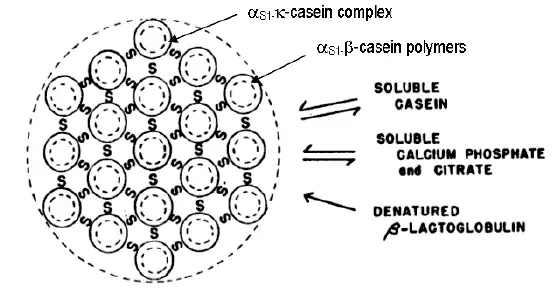
Because all the colours of light get scattered evenly, we see a mixture of all colours, which is… white!
What about milk fat?
Milk also contains tiny droplets of fat. These droplets are a bit like the casein micelles—they’re suspended in the milk and scatter light, too.
Fat globules also bounce light in all directions, just like the casein. Together, the fat and protein micelles scatter the light in such a way that all colours are reflected. That’s why milk looks bright white.
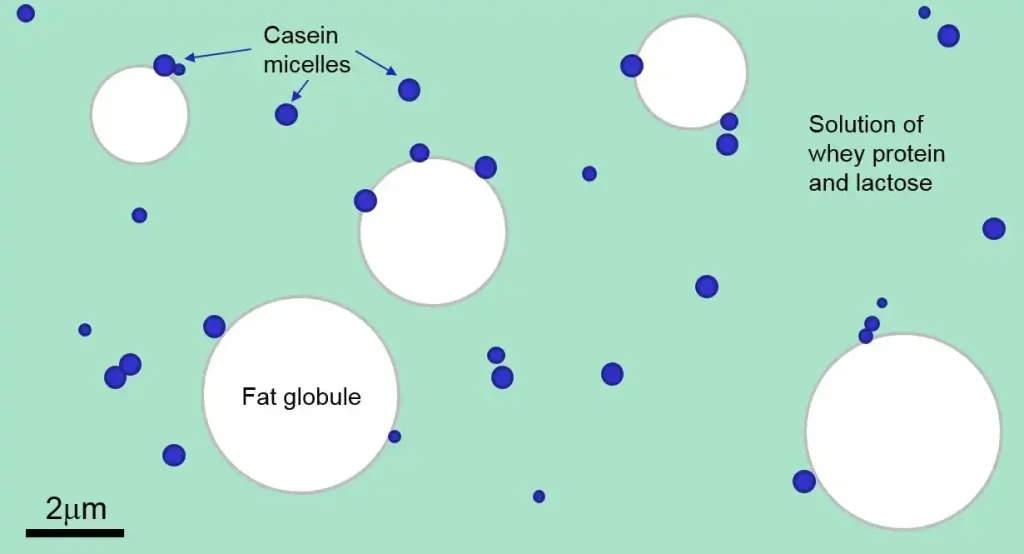
Removing most of the fat (like in skimmed milk) might look slightly bluish because there’s less fat to scatter the light, and blue light scatters more easily.

Whole milk vs skimmed milk – why the colour changes
You may have noticed that different types of milk look a little different in colour:
| Type of Milk | Colour | Reason |
| Whole milk | Creamy white | More fat and protein to scatter light |
| Semi-skimmed milk | Pale white | Less fat, slightly less scattering |
| Skimmed milk | Slightly bluish | Very little fat, so blue light scatters more |
So, the more fat and protein in milk, the whiter it looks!
Does all milk look the same?
Nope! Not all milk is the same colour.
- Cow’s milk is usually white, creamy white, or pale yellow, depending on what the cow eats.

- Goat’s milk sometimes has a whiter colour because it has smaller fat globules.
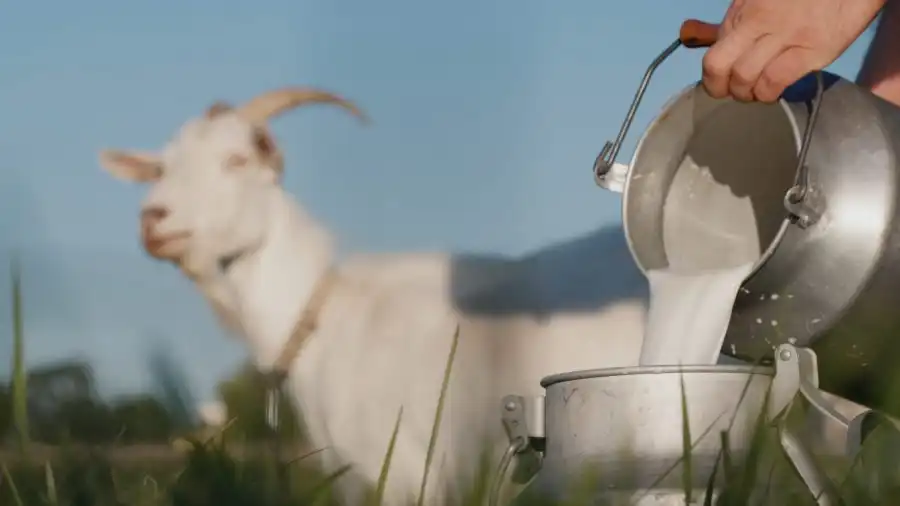
- Buffalo milk is usually very white because it contains more fat and casein.
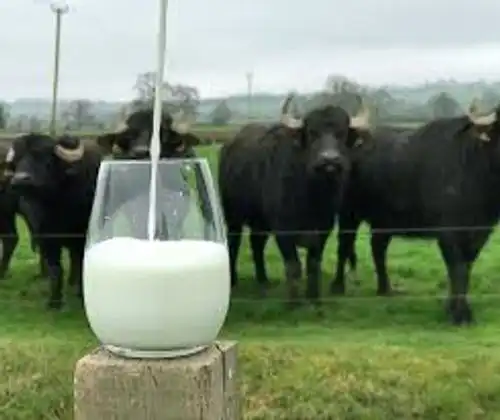
- Almond milk or soy milk, which are made from plants, may look a little off-white or even beige because they don’t have the same proteins and fats as animal milk.

A little bit of Physics – The science of scattering
Let’s take a quick look at the science behind scattering.
When light travels through air, water, or other clear substances, it usually passes through. But it bounces off in many directions when it hits particles (like fat globules or casein micelles).

This scattering does not absorb light or let it pass through. It just bounces it all around. This bouncing mixes all the colours of light, and we perceive that as white.
It’s the same reason clouds are white—tiny water droplets scatter all the light and make the cloud look white.
What happens when milk boils?
Have you ever seen a thin cream-coloured layer form on top of hot milk? That’s called malai or milk skin. It forms because when milk heats up, the proteins and fat separate and come to the surface.

This doesn’t change the white colour much, but if milk burns or overcooks, it can turn yellow or brown as sugars in the milk start to caramelise.
Fun facts about milk and colour
- Milk isn’t pure white. It’s a mix of very pale colours, and the light makes it look white.
- Some cows produce milk with a slight yellowish tint because of a substance called beta-carotene, which makes carrots orange!
- In ancient times, some people believed milk was white because it was “pure” – but now we know it’s because of science!
A quick experiment you can try at home
Here’s a fun experiment to see how scattering works:
What you’ll need:
- A clear glass
- Water
- A few drops of milk
- A torch (or your phone flashlight)
Steps:
- Fill the glass with water.
- Add just a drop or two of milk and stir.
- Shine the torch through the side of the glass and look from different angles.
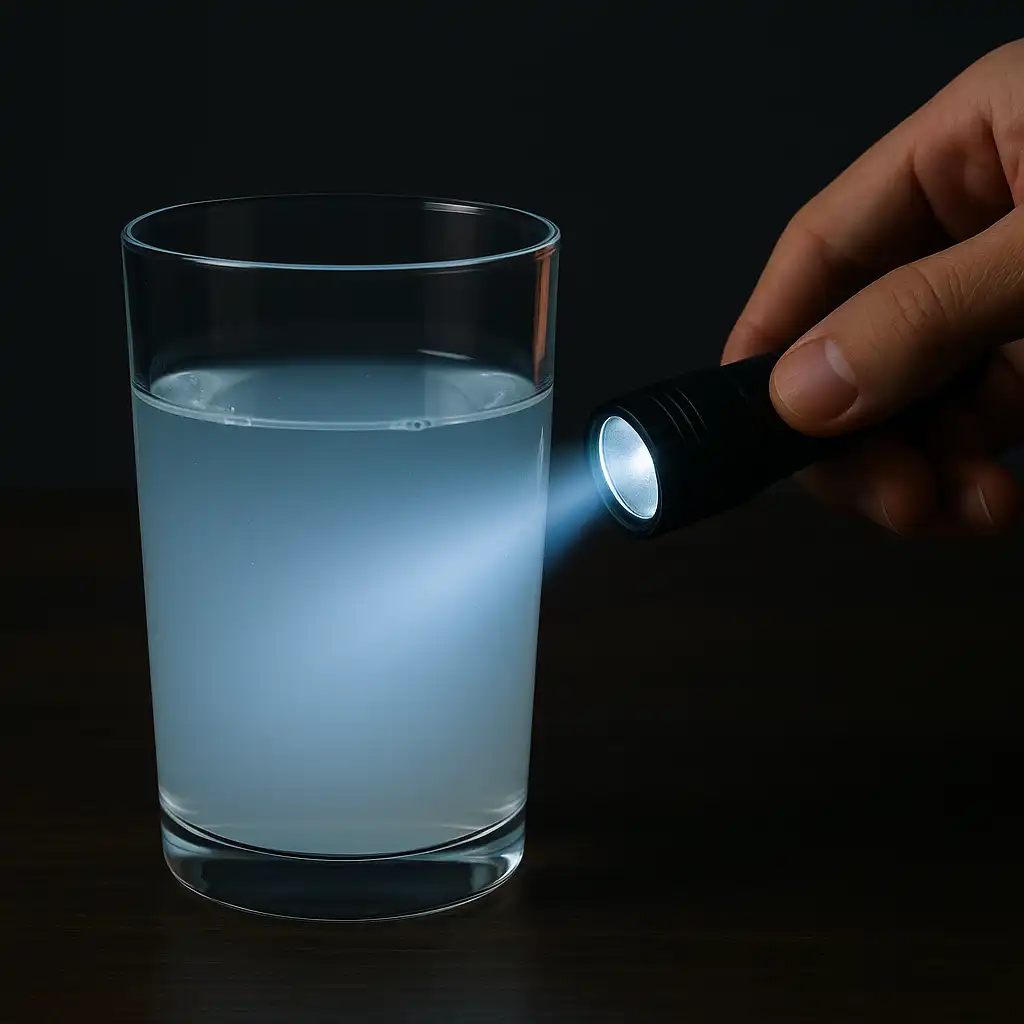
You’ll notice the light scattering in the milky water like in real milk. The more milk you add, the whiter the water gets!
Milk in everyday life
Besides drinking milk, we use it in:
- Tea and coffee
- Cakes and desserts
- Butter, cheese, and yoghurt
- Milkshakes and smoothies
It’s not just tasty—it’s also full of important nutrients like calcium, protein, and vitamin B12. That’s why it’s often called a super drink for growing kids.
For more interesting articles, please visit www.kidzherald.com




